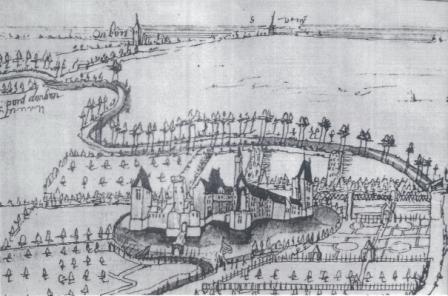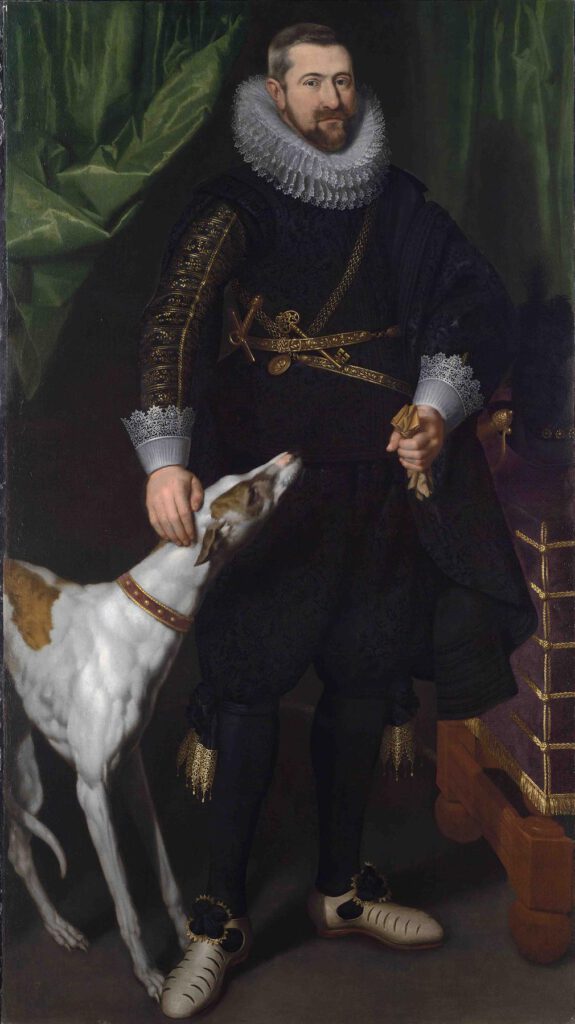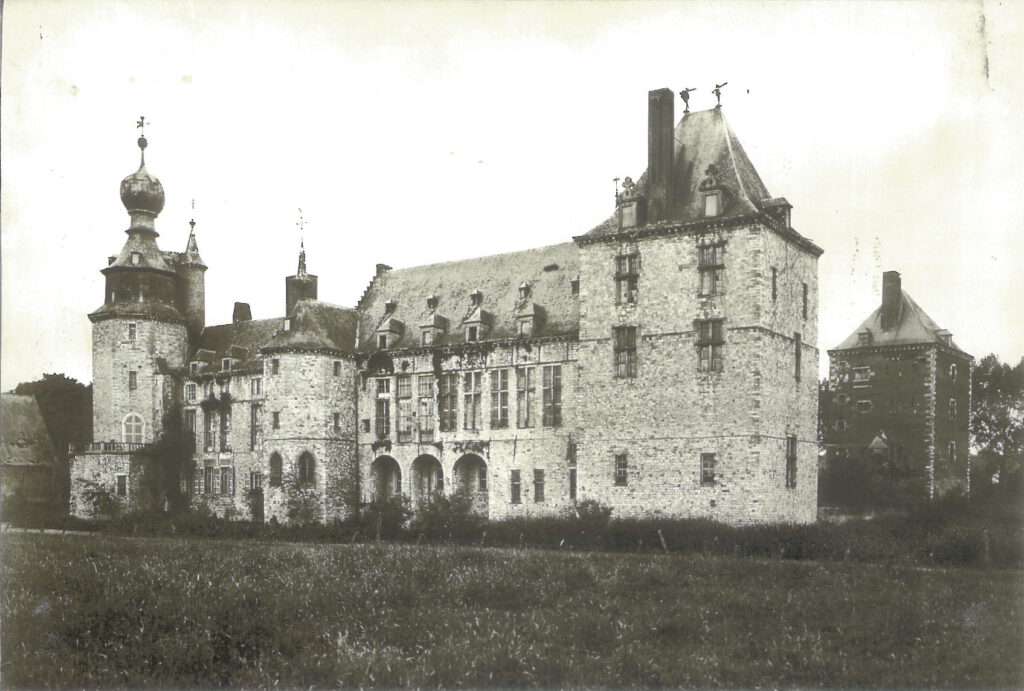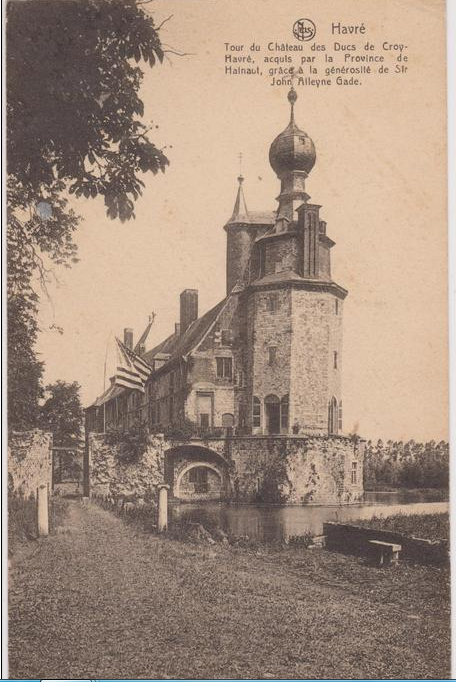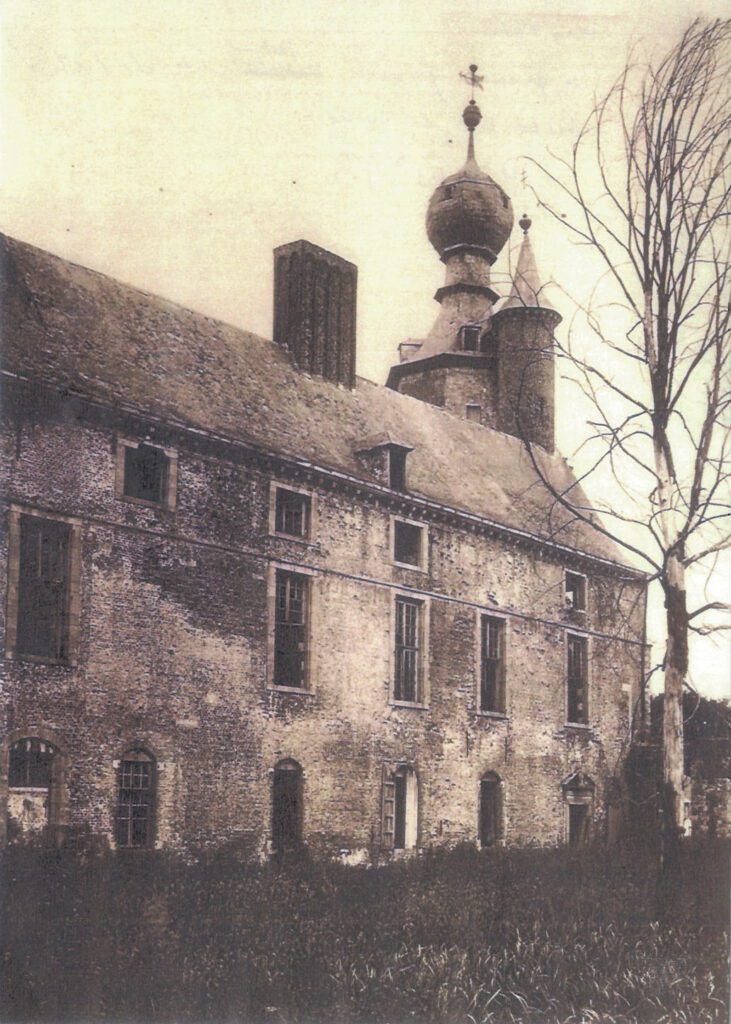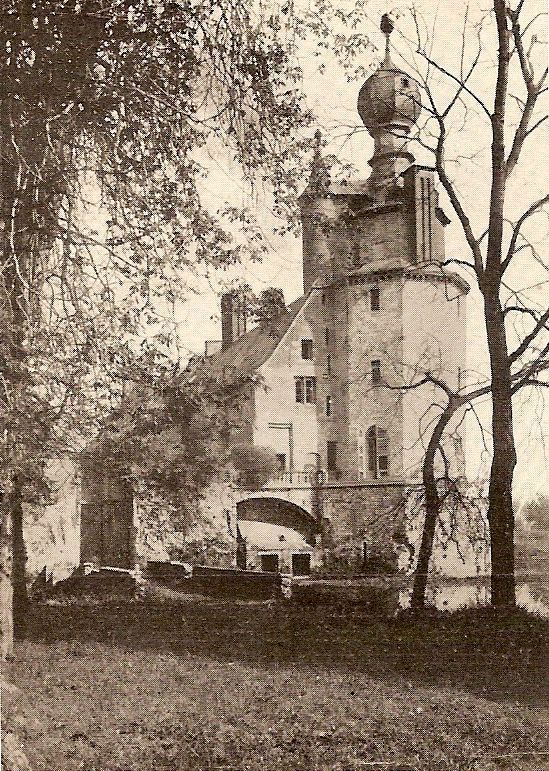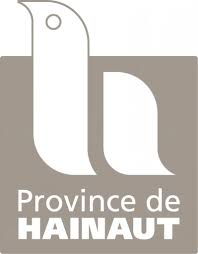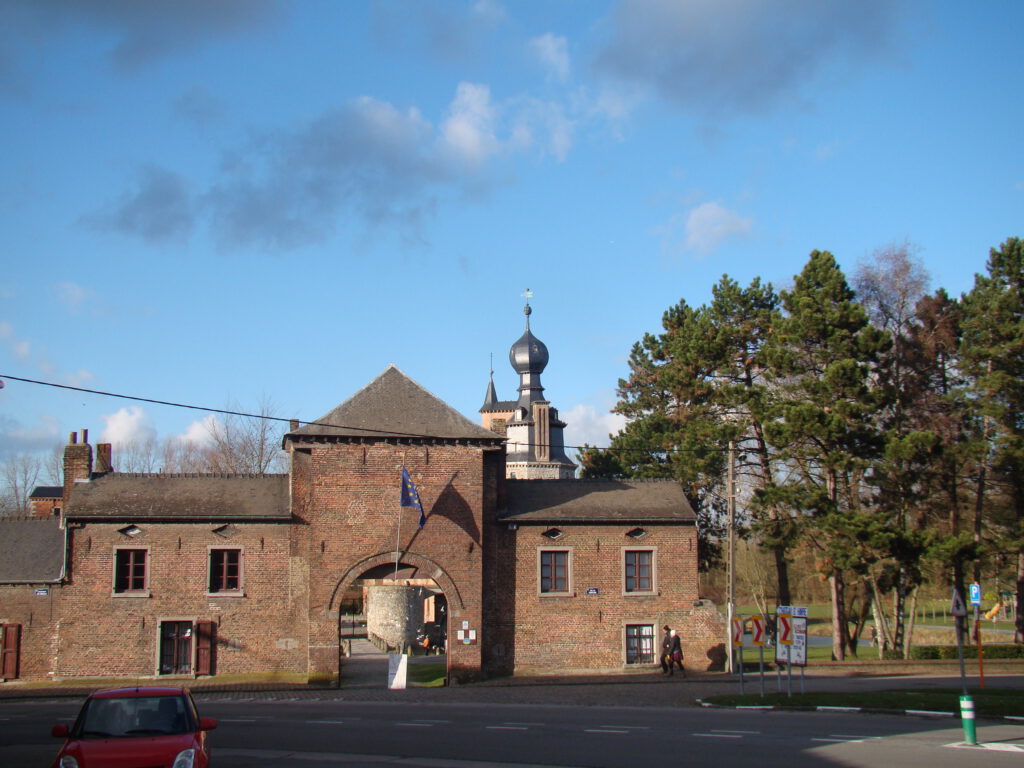The origins
The casle of Havré as we know it today was built on the remains of a 12th century feudal fortress. A stronghold was built there, serving as an important defensive position for the earldom of Hainaut. Remains of the stronghold can still be seen in the present castle which has undergone many changes over the centuries.
As the Lord of Hainaut has sided with the States General, the feudal castle was besieged in 1578 by 6000 of Don Juan’s men before conditionally surrendering. On 23rd July of the same year, it was shelled, retaken and burnt by the Duke of Anjou.
Reconstruction started in 1600 and was completed under Charles Alexander de Croy-Havré, one of the greatest lords of his times in the Low Countries.
The castle has always belonged to important families, and has therefore has an outstanding history, particularly under the Marquises and later the Dukes of Havré, a branch of the illustrious house of the Croy.
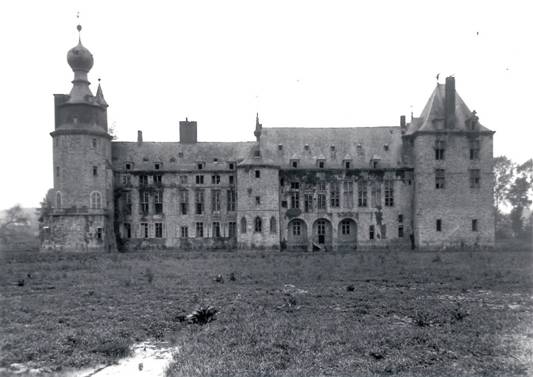
During the Renaissance, the castle was transformed into a wealthy residence where many celebrities stayed, such as Rubens in January 1622, Van Dyck, a close friend of the Croy-Havré family, Marie of Hungary in 1537, Marie de Medicis and the Infanta Isabella in 1631, Prince Eugène of Savoy and the Duke of Marlborough in 1709. Ambroise Pare (1569), the famous surgeon, was sent to the castle by King Louis IX of France to attend Philippe de Croy, who had been wounded by a harquebus shot at the battle of Montcontour.
During the french occupation, the castle was sold as a national estate on the first of Nivôse (fourth month), year 7 of the republican calendar, and bought back by Mme Adelaïde de Croy in 1807.
The de Croy having abandoned the castle in 1839, it was sold to the Canon Puissant in 1919, who tried to save it. Unfortunately it was an insurmontable task. So Canon Puissant sells it to an American who wanted to rebuild the castle in America. Il was a good thing that the Province of Hainaut vetoes his demand. In the impossibility to sell the castle, the American transferred it to the Province of Hainaut. It was then forgotten, in spite of being listed in 1936.
Commemorative stele – 1922
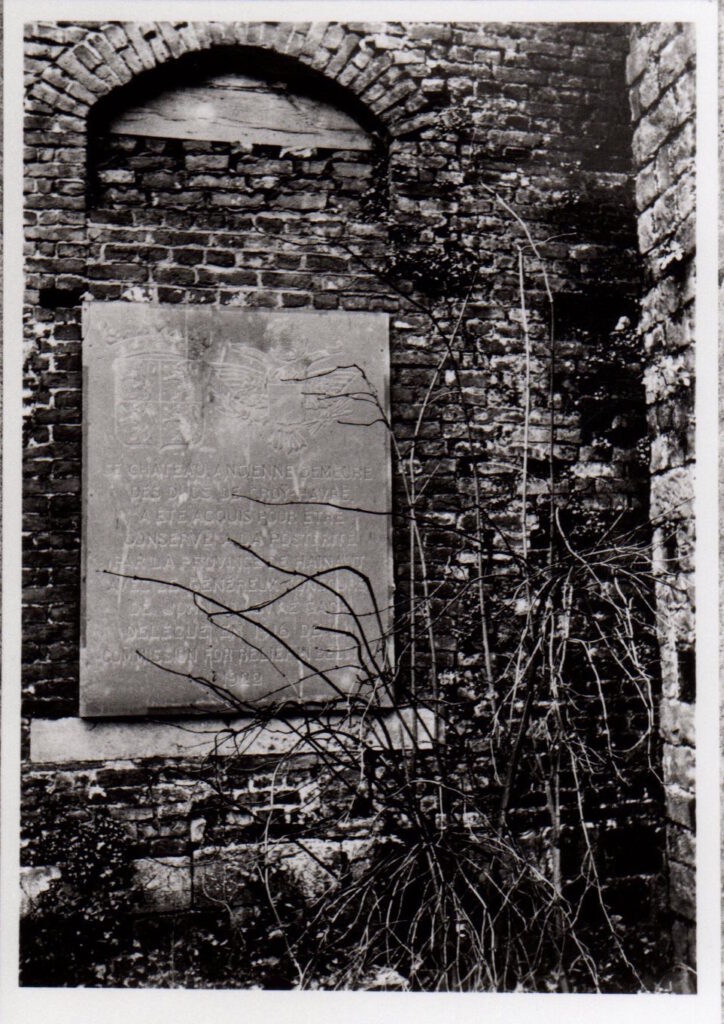
“The castle, former residence of the Dukes of de Croÿ Havré was acquired to be preserved to posterity by the Province of Hainaut with the generous contest of John Alleyne Gade Delegate in 1916 of the Commission for Relief in Belgium”.
In 1979, a group of friends, particularly upset by the decay of the castle and its apparently inevitable disappearance from the national heritage, decided to found a non-profit-making organisation.
The association “Les Amis du château des Ducs d’Havré”
(The Friends of the Castle of the Dukes of Havré)
This non-profit-making organisation was set up in January 1979. Its official aim is to study restore ands reinstate the site within the life of the village. Despite a lack of technical means, the organisation employs eight people full time (APE project), has a computerised secretarial service and a team of experienced craftsmen specialising in the restoration of monuments.
The work so far carried out as regards the safeguarding, reconstruction and maintenance of the castel, as well as the promotion and management of the site, has only been made possible by organising various events to ensure financial self-sufficiency. The numerous activities were made possible by the whole hearted help of a large and ever-increasing number of volunteers.
Charles A. de Croy wing
Charles A. de Croy had the hall fitted out around 1600 on the site of the earlier seigniorial hall, of which he kept the outer wall facing the moats. The large angled staircase, with its stone steps, is as recent as the 18th century. It was rebuilt with the material of the staircase which jutted out into the yard. All that remains of the former staircase is the corridor passage to the left of the entrance to the hall. The inner stone archway is part of the original curtain wall. It still has a few steps from the former covered way. The side facing the yard is the former background wall of a two-level gallery which was demolished in the 18th century, as was that of Anne de Lorraine, of which it was an extension. Under the hall spreads a magnificent sandstone cellar of the 14th century with two galleries of four bays, and covered with intersecting ribs descending to the columns.
Some pictures
The founding members
Nicole Desenfans
Johanna Kruczynski
Annie Morin
Paulette Tierce
Emile Donfut
Gérard Donfut
Jacques Gossez
Léopold Hambÿe
Joseph Hubaux
André Lefrancq
Jean-Marie Schepens


